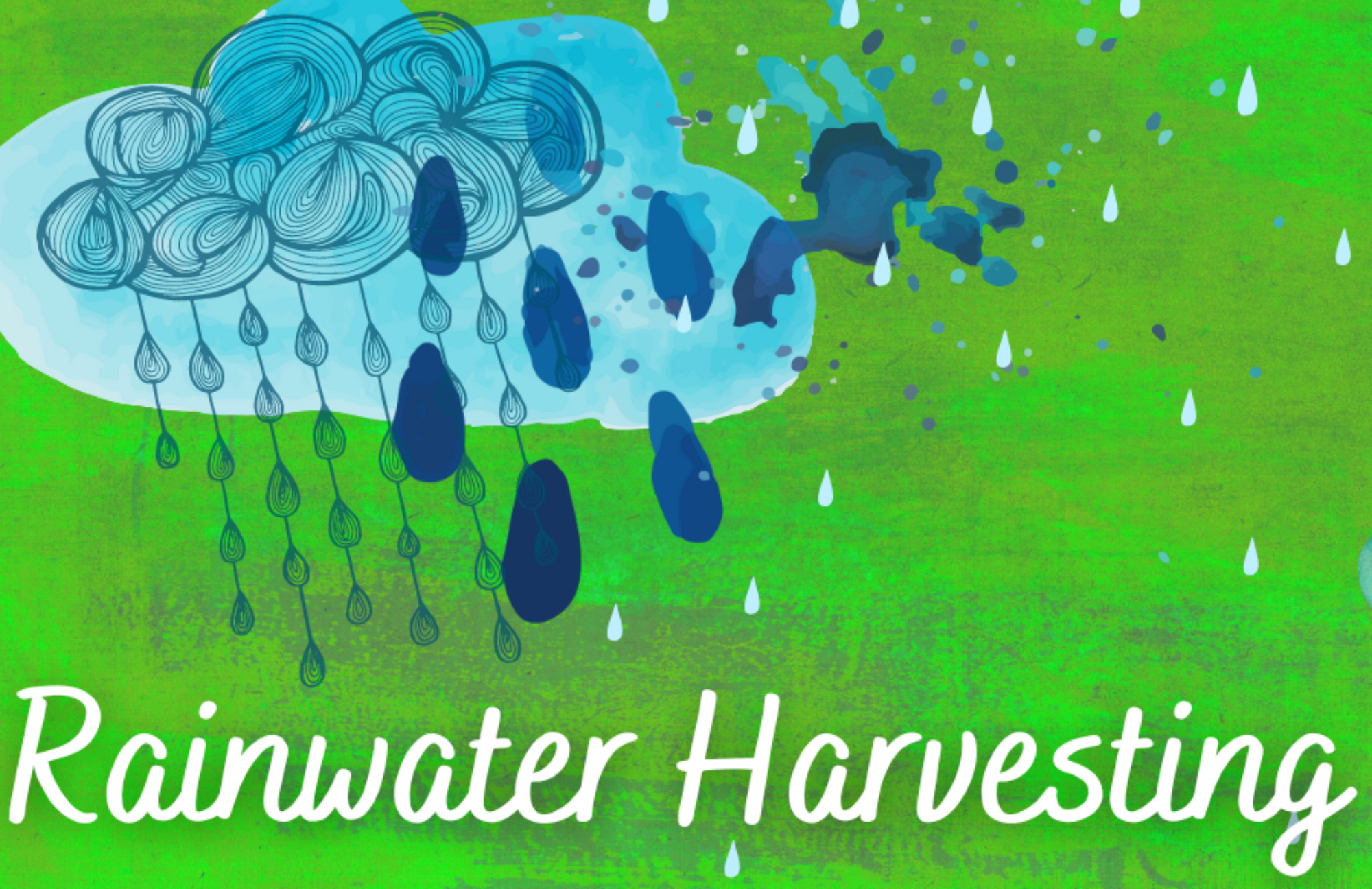Rain for outdoor uses can be as easy as 1-2-3!
What are the FACTS about Permits for Rainwater Storage?
Non-Potable Rain Storage Tanks/Systems:
- Is a CRD Building Permit required, for any size of tank for Non-Potable rain storage? NO
- Is Islands Trust “Preliminary Plan Review Application” required to be submitted to Islands Trust for non-potable rain storage systems? NO
- Although a building permit is not needed for non-potable water storage tanks land owners must still follow the land use bylaw and Official Community Plan. Following the Land Use bylaw is the responsibility of the land owner* and does not require a review by Islands Trust staff.
*If you have any questions about whether your non-building-permit plans comply with the bylaw, or whether you are in a development permit area, consider scheduling some time to talk to a planner at your local Islands Trust office.
Potable Rain Storage Tanks/Systems:
- Is CRD Building Permit Required? YES
- Any system that brings rainwater into a home, even for non-potable use (toilets) is considered Potable for building permitting procedures.
- Is an Islands Trust “Preliminary Plan Review Application” required? YES: Submit it to Islands Trust at the local planning office, and then “clearance” by Islands Trust for that preliminary plan application must be communicated to CRD Building Office for your CRD Building Permit application to proceed.
Myth 1: I cannot install a tank taller than 4 feet without an engineered design.
This is not correct!
This is correct: Any resident of the Gulf Islands may install any size of water storage tank where they live in order to store rainwater for non-potable use outdoors (on gardens) without an engineered design. (No certificate, nor a building permit is required).
SSIWPA recommends that:
- homeowners consult with qualified professionals regarding plumbing, and irrigation design, to ensure safety and optimum performance of rainwater system projects, but there is no requirement to pay for an engineer to approve the design;
- residents intending to construct non-potable rainwater harvesting storage systems consult the CRD building office if any of the stored rain water will be used inside of the home/building for any purpose;
- consult and employ this construction diagram SSI Approved 3K Gallon Water Tank Specifications Diagram; it may serve as a guideline for the appropriate specifications (fill, siting, etc.) for a 3,000 imperial gallon water storage tank.
Please consider:
It’s important to ensure the collection surface is safe.
It’s important to learn how to clean and maintain the system and when to perform each task.
It’s important to select opaque tank colours, and to keep the storage tank away from sunlight and high heat.
Refer to: the Salt Spring Island Non-Potable Rainwater harvesting Best Practices Guidebook for more “how-to” ensure a safe rainwater collection system.
Salt Spring Island Non-Potable Rainwater Harvesting Best Practices Guidebook

